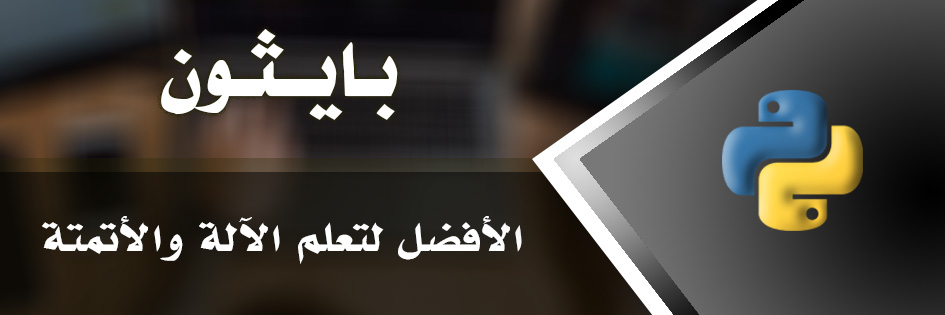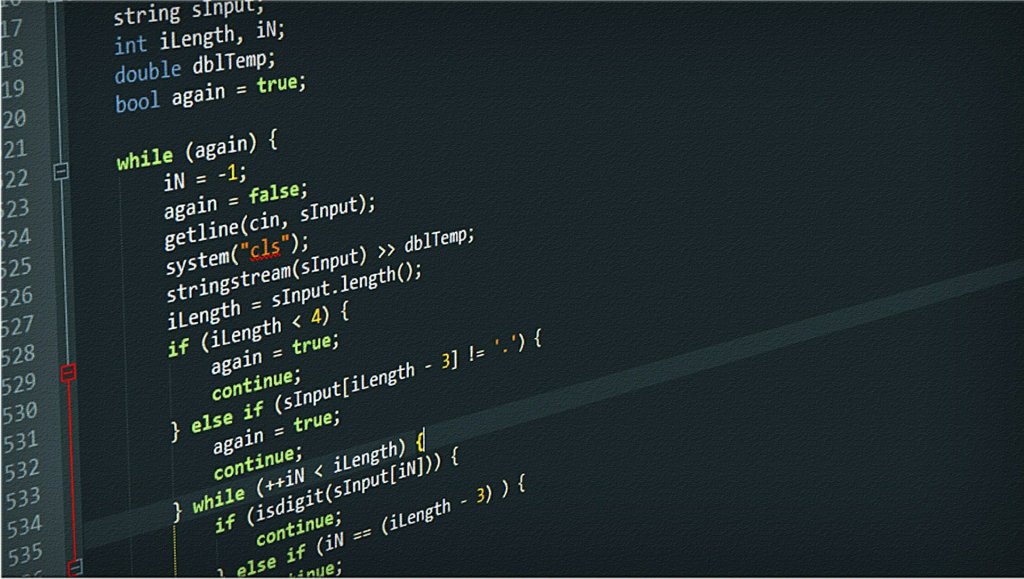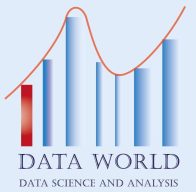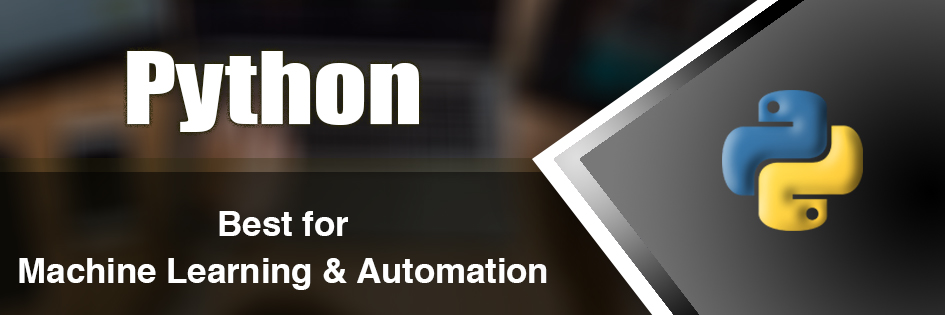
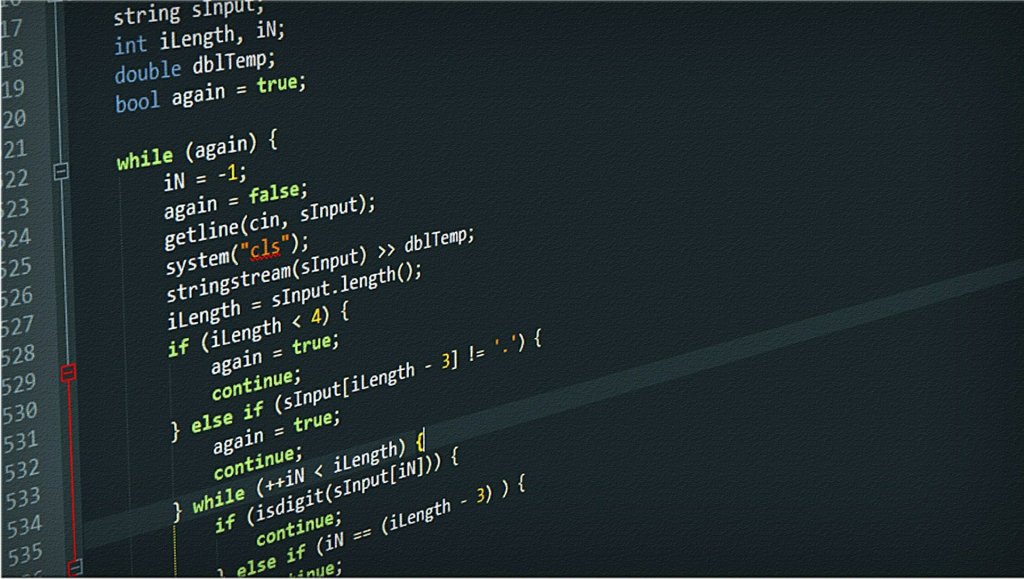
Optimized tool: for dealing with big data, machine learning, automation and application development.
Experience Level: Advanced
Python is the most widely used programming language among data scientists and analysts because it is open source, contains multiple and diverse libraries, is characterized by its speed of performance, and is written in C. This means that it is possible to store and process bytes and bits that require a lot of time faster and easier.
As we mentioned earlier, the Python language is open source and contains 200,000 packages that include packages used for data analysis such as Plotly, Seaborn and Matplotlib. You can also call libraries in any field of data analysis.
Key Features of Python in Data Analysis, Machine Learning, and Automation:
• Great ease in dealing with small data and in performing complex calculations.
• Super speed in the processing of huge data.
• Save a lot of time in automating information.
Despite all these advantages that Python has, it is not without some drawbacks, most notably its ineffectiveness for mobile applications on the one hand, and its learning period to serve the purpose for which it is used, which is considered long compared to other tools on the other hand.
Python application examples:
Automation : You can do the analysis of several groups of data using several analysis tools such as Excel, but this requires a great deal of time and effort. The analysis then will be manually for each group separately, but the analysis of the same groups using Python will be more flexible and fast, and with 15 lines of code that will accomplish the task perfectly. Face .
Cleaning data : If you lose a sponsored link from a TV show, for example, you can restore those links by discovering those links in the first stage and then writing code to restore links as a second stage.
Exploratory data analysis :
You can understand the visualization and distribution of data by building an interactive model of your data in simple code in a short time using the Python module Pandas Profiling.
Thus, we conclude that these characteristics of the Python language made it the most widely used and desired language by data analysts and the best in dealing with data science and its branches of science and technology.

